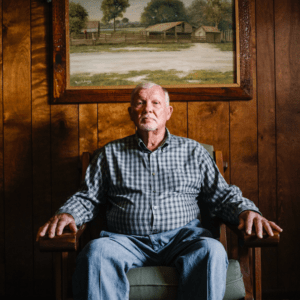More than 1.6 million Americans are diagnosed with cancer each year. These diagnoses led to over 600,000 deaths in 2016 alone. Put another way, 38.4% of American men and women will be diagnosed at some point in their lifetime- nearly 2 of every 5 individuals!
While we are seeing declining mortality rates and increasing survival, partially a result of exciting technological advancements and drug innovation, medical costs for cancer treatments continue to sky rocket, putting patients and their families under significant financial strain. You may recall our blog post from February describing the staggering costs of cancer and cancer’s role in driving health care costs. Last year, cancer patients paid nearly $4 billion in out-of-pocket costs for treatment. And these costs are only expected to grow, NIH predicts expenditures for cancer treatment will reach $158 billion in 2020, a 27 percent increase from 2010.
CMS and national health plans are taking the lead in addressing the complexity of oncology care in the United States, though all Americans can consider themselves stakeholders in the fight to combat these widespread, devastating diseases. Ongoing efforts to test alternative payment models in cancer care, like bundled payments and patient-centered medical homes, are looking to standardize high-value care, while reducing the costs of treatment. MACRA’s impending changes to physician payments, expected to roll out in 2019, make payment reform in oncology all the more urgent.
In its second year of testing, the Oncology Care Model (OCM) is a five-year pilot operated by CMS running from 2016-2021. OCM is using an episode-based or “bundled payment” model. The OCM has 14 commercial payers across 184 national practices participating in collaboration with Medicare. The pilot’s payment approach has two parts. The first part is a $160 payment per beneficiary for each month of the episode of care, called the Monthly Enhanced Oncology Services (MEOS) Payment. The second part is a performance based payment. Providers have potential to be retroactively rewarded for their practice’s performance based on quality measures and reductions in spending. While the pilot is only in it’s early stages, too soon to analyze any quality and cost improvements, CMS’ commitment to payment reform in oncology is encouraging and a good starting place.
National health plans such as Aetna, Anthem, Cigna, and UnitedHealthcare have also implemented oncology payment reform initiatives. These initiatives range from Anthem, Cigna, and UnitedHealthcare’s episode-based payment models to Aetna’s Oncology Medical Home. Health plans have offered their own ideas for oncology reform to streamline the implementation process, fast tracking CMS’s slower, administrative barriers. Texas Oncology and Aetna’s pilot demonstrated positive initial results: improved health outcomes compared to non-program members; decreased emergency room departments and hospital days; and 12 percent cost savings among patients with lung, breast and colorectal cancers. Similarly, UnitedHealthcare’s oncology model proved to reduce oncology medical costs by 34 percent in its pilot phase.
Learning from the highs and lows of CMS and health plan innovations so far, employers and health care purchasers, including CPR member organizations, can use the universal familiarity of cancer to rally behind payment reform efforts in oncology. Successful reform has potential to positively impact the experiences of cancer patients and the sustainability of oncology treatment in the health care system.
Interested in tracking the progress of national health plans in implementing payment reform in oncology? Check out CPR’s Health Plan User Group Toolkit.

